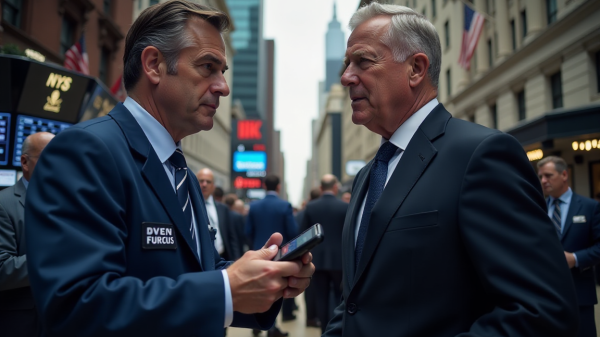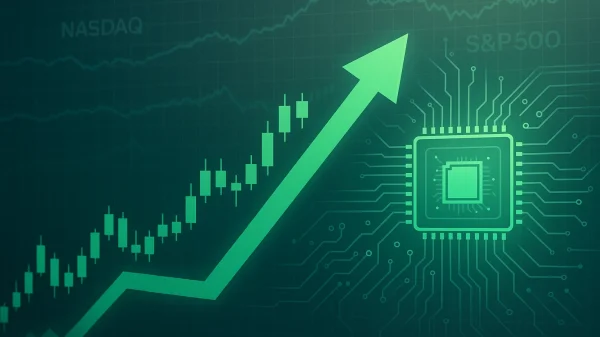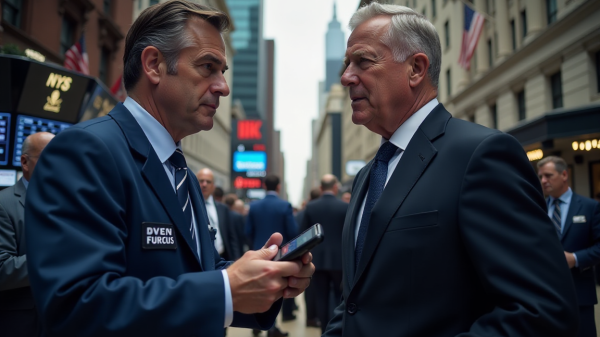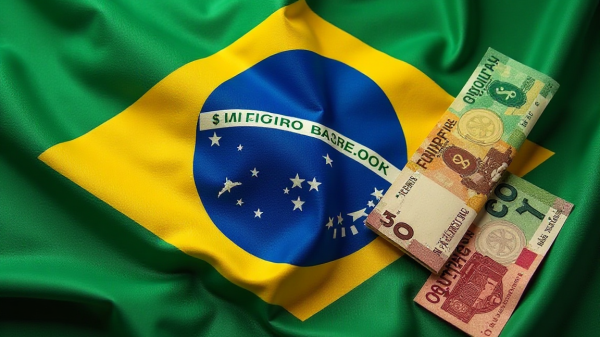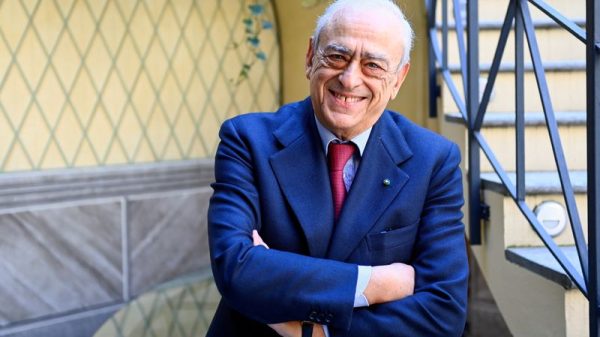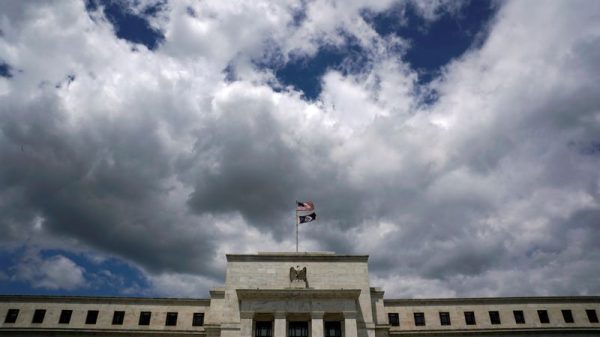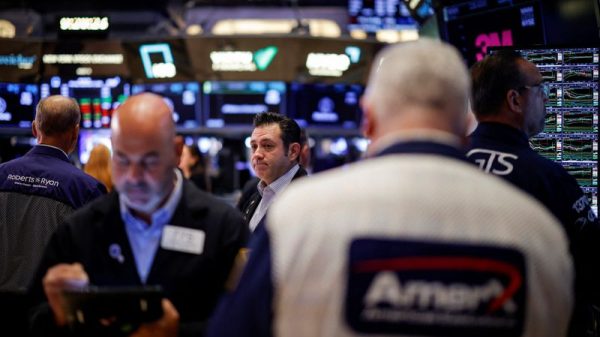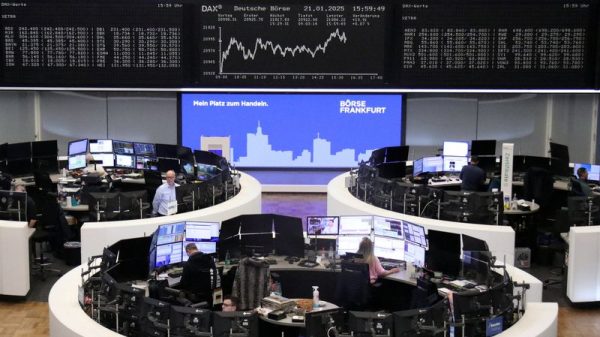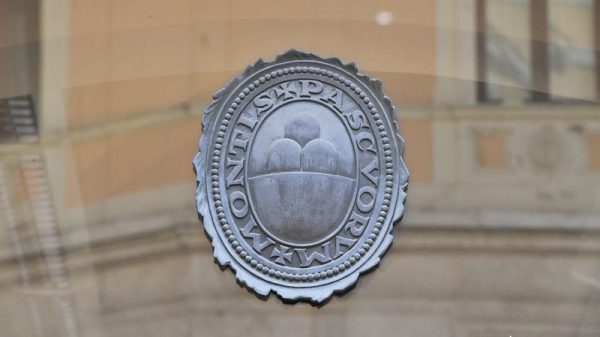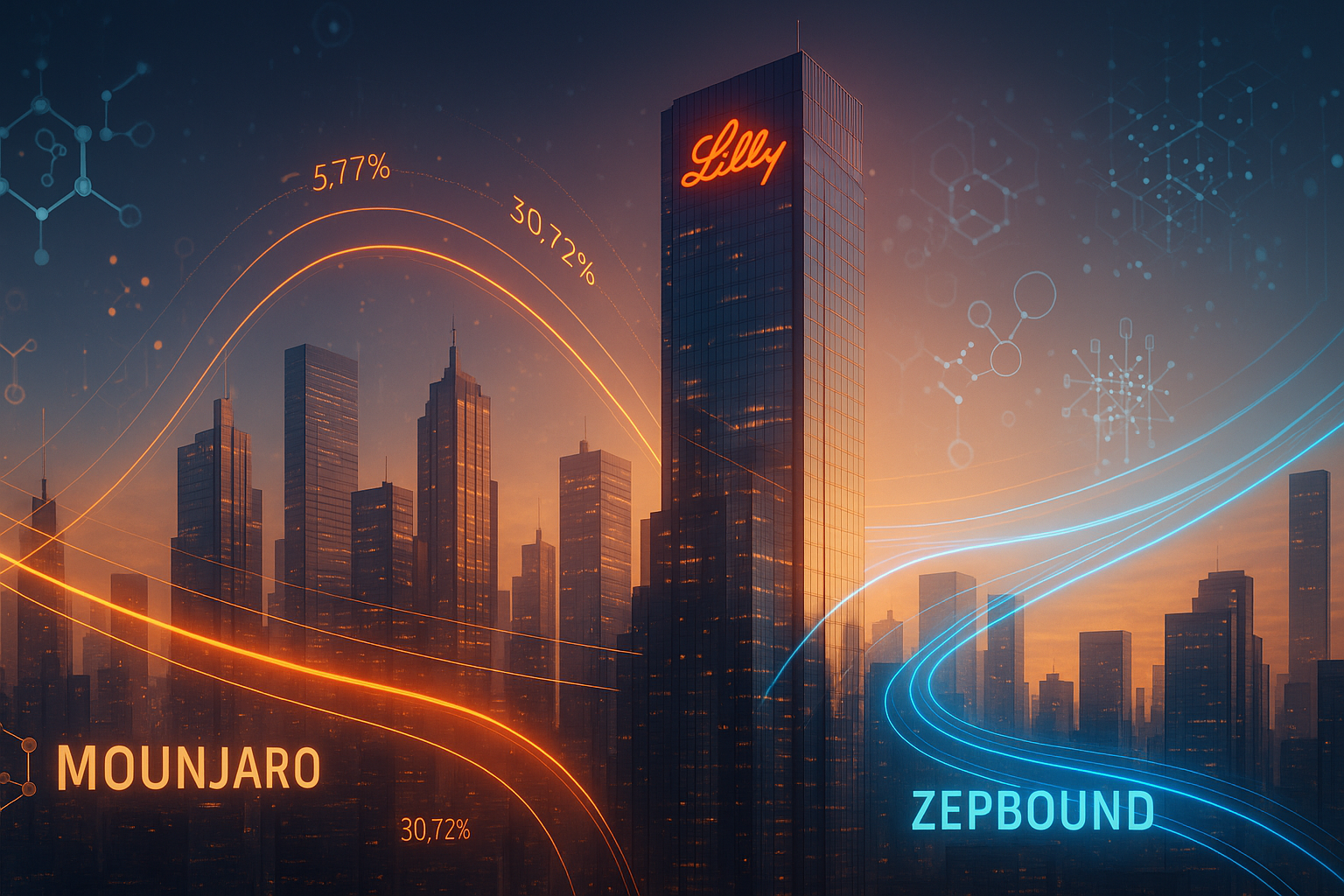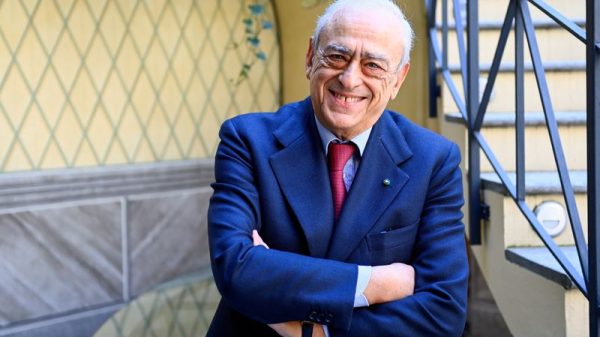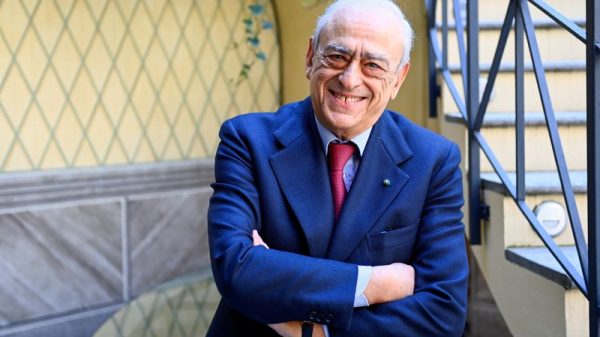Eli Lilly crossed into historic territory on Friday, becoming the first healthcare company ever to hit a $1 trillion market valuation.
Shares rose 1.7% to mark the milestone, cementing the Indianapolis pharmaceutical giant as Wall Street’s newest mega-cap champion.
With stock gains exceeding 36% year-to-date, Lilly has dramatically outpaced tech volatility and signaled a major investor rotation toward defensive, high-growth healthcare plays, especially as mega-cap tech faces mounting questions about valuations and returns.
The GLP-1 goldmine: How obesity drugs minted a trillion-dollar giant
Lilly’s ascent rests almost entirely on two blockbuster drugs: Mounjaro, which treats type 2 diabetes, and Zepbound, the weight-loss injection.
Together, they’re rewriting pharmaceutical economics. In Q3 2025, the duo generated $10.1 billion in combined revenue, more than 57% of Lilly’s total $17.6 billion quarterly sales.
Mounjaro nearly doubled to $6.52 billion, crushing analyst expectations of $5.51 billion, while Zepbound nearly tripled to $3.57 billion, topping estimates of $3.5 billion.
The commanding market share tells the real story. Lilly now captures nearly 60% of all US GLP-1 prescriptions, compared to competitor Novo Nordisk, which commands just 42%.
This dominance reflects both superior drug efficacy; Mounjaro’s dual-action mechanism outperforms Novo’s single-target semaglutide and Lilly’s aggressive direct-to-consumer strategy.
The Walmart partnership to sell Zepbound vials at lower cash prices has particularly resonated with price-sensitive patients.
Wall Street projects breathtaking growth ahead.
Analysts estimate the weight-loss drug market could reach $150 billion by the early 2030s, with Truist Securities predicting Lilly’s obesity portfolio, including the upcoming oral drug orforglipron, due early 2026, could hit $101 billion in peak worldwide revenue.
A White House pricing deal on GLP-1s could unlock another 40 million Medicare patients, dramatically expanding the addressable market size.
Once considered niche, obesity treatment has become the most profitable healthcare category.
Beyond obesity: Why Lilly is the ‘new magnificent seven’ for risk-averse investors
Lilly’s trillion-dollar valuation signals a fundamental shift in investor sentiment.
With mega-cap technology stocks under pressure over AI capex returns, Lilly offers what tech cannot: predictable, near-term revenue growth tied to an expanding addressable market.
The company trades at roughly 51x forward earnings, a premium, yes, but justified by recurring growth less vulnerable to semiconductor cycles or geopolitical whipsaw.
CEO Dave Ricks is deliberately positioning Lilly as a long-term compounder.
His strategy includes an R&D partnership with Nvidia, launching a drug-discovery supercomputer in January 2026, signaling intent to extend innovation pipelines beyond the patent cliff.
The risks remain real: pricing pressures on Mounjaro and execution risks on orforglipron could test momentum.
But for now, Lilly has captured the market imagination as the anti-tech mega-cap story, rare validation for healthcare in a tech-dominated era.
The post Wall Street’s new darling: Eli Lilly becomes healthcare’s first $1 trillion powerhouse appeared first on Invezz



